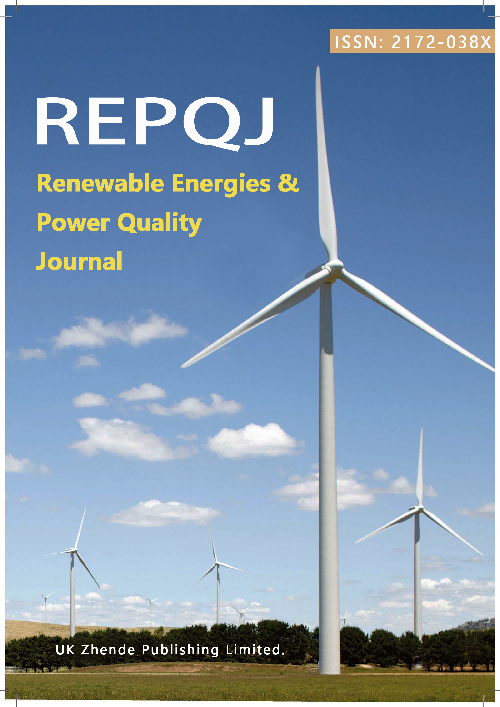Intelligent Location of Fault Sections in Power Transmission and Transformation Systems Using Knowledge Graph and GraphSAGE
DOI:
https://doi.org/10.52152/4383Keywords:
Power Transmission and Transformation System, Fault Section, Intelligent Positioning, Knowledge Graph, GraphSAGEAbstract
To solve the problem of insufficient feature representation ability and poor topological adaptability of traditional methods in fault location of complex power transmission and transformation systems, this study proposes an intelligent location framework that combines knowledge graph with GraphSAGE. Based on a four-layer architecture, a dynamic knowledge graph is constructed in real time through SCADA/PMU data, defining entities such as substations, lines, circuit breakers and their electrical connections, protection triggers and other relationships, and designing an incremental graph update mechanism. The model layer uses a double-layer GraphSAGE, combined with an LSTM aggregator to perform stratified sampling and dynamic edge weight adjustment on neighborhood time series measurement features. Joint cross-entropy and knowledge constraint loss are introduced in training to balance classification error and semantic consistency. The experiment generates 2000 fault cases based on the IEEE39 node system. The results show that the positioning accuracy of the proposed model in the IEEE 39-node system reaches 0.953. As the transition resistance gradually increases from 200 Ω to 2000 Ω, the accuracy of the proposed model changes from 0.953 to 0.943. As the signal-to-noise ratio changes from 5dB to 30dB, the accuracy changes from 0.920 to 0.955.. The semantic enhancement of the knowledge graph and the dynamic topological reasoning mechanism of GraphSAGE synergistically improve the robustness and real-time performance of the model, providing a high-precision solution for the intelligent operation and maintenance of the power transmission and transformation system.
Downloads
Published
Issue
Section
License
Copyright (c) 2025 Ming Song, Yi Zhou, Kangwei Li, Haitao Jiang, Hua Wen (Author)

This work is licensed under a Creative Commons Attribution 4.0 International License.











